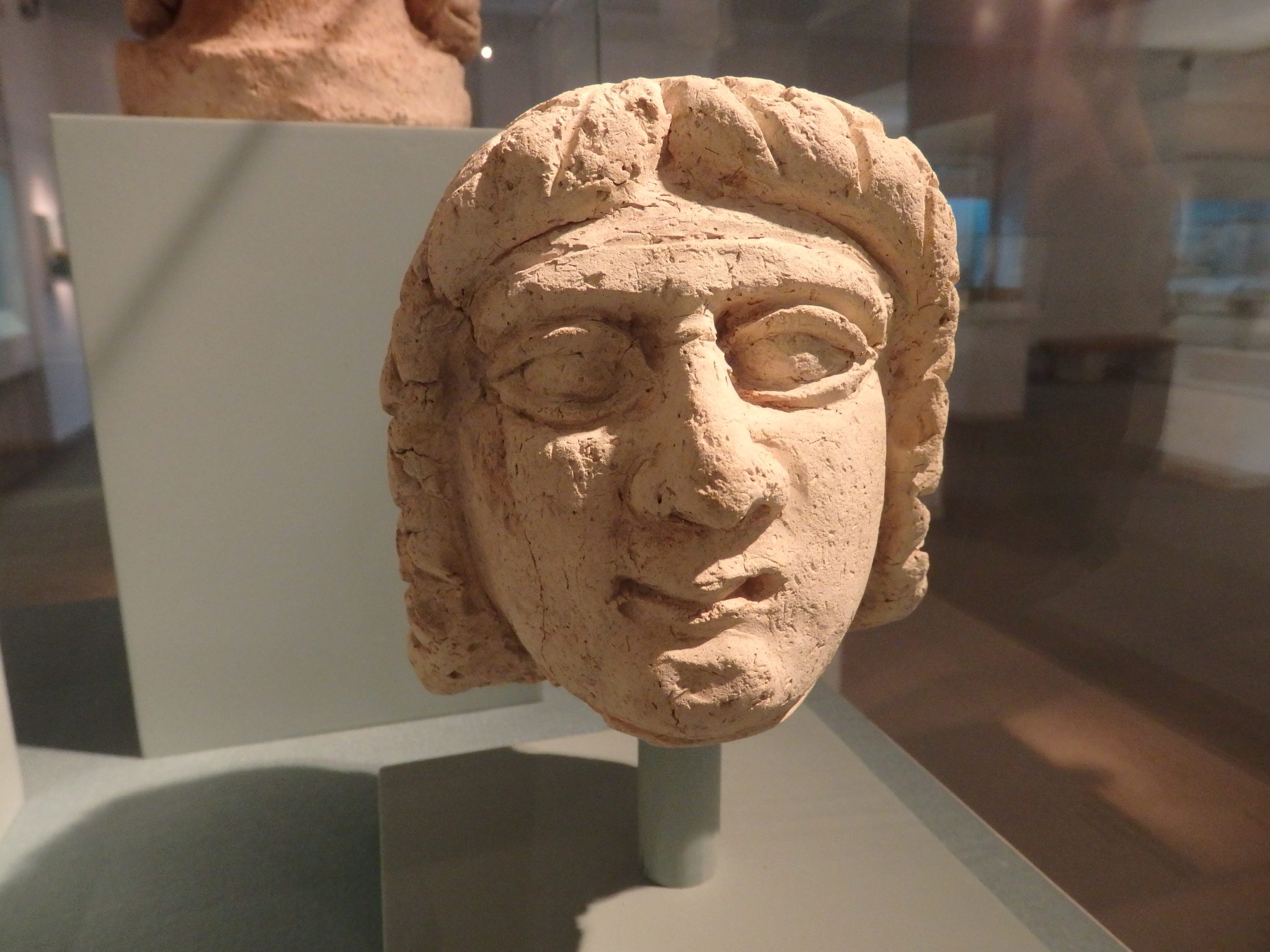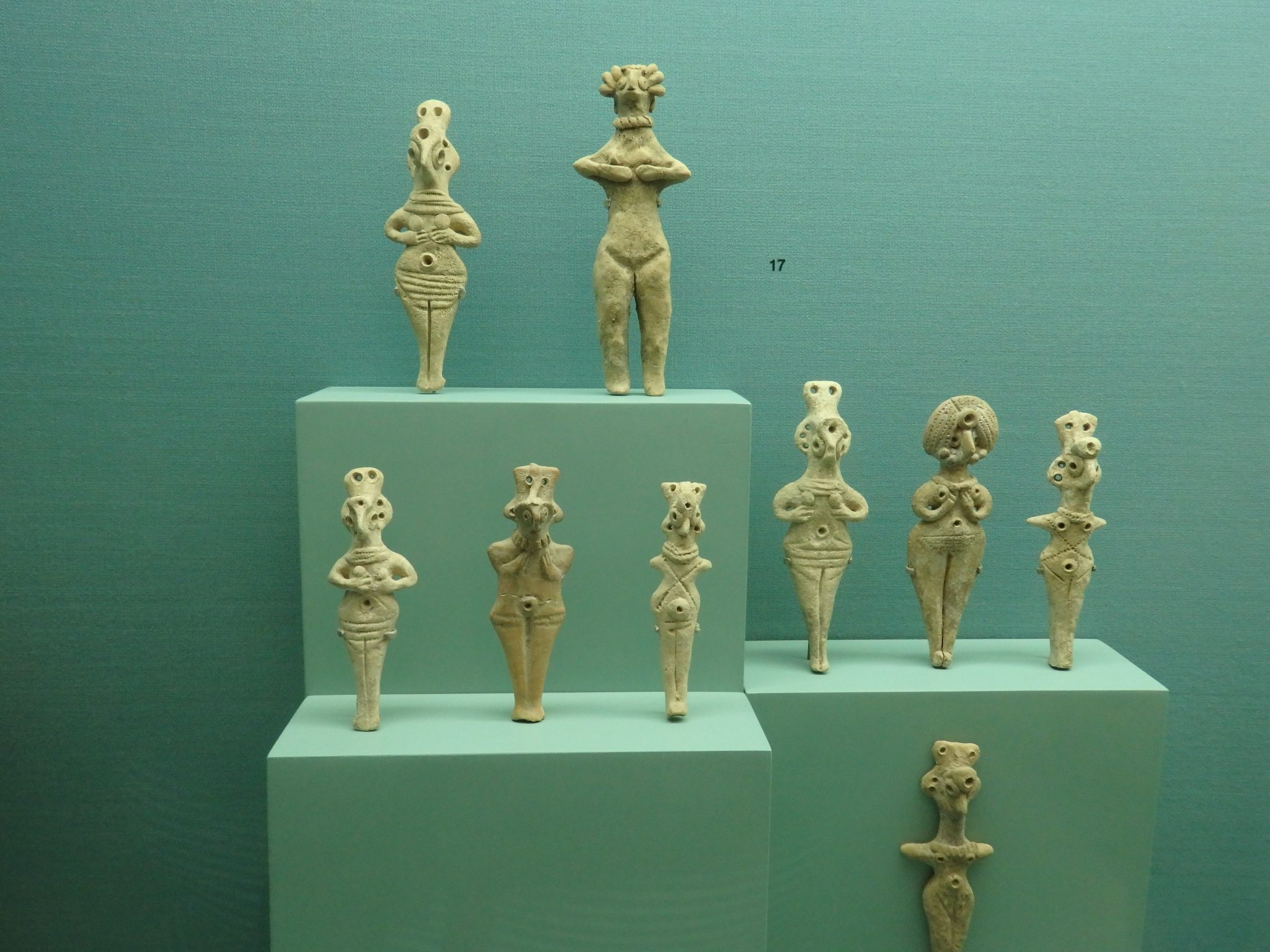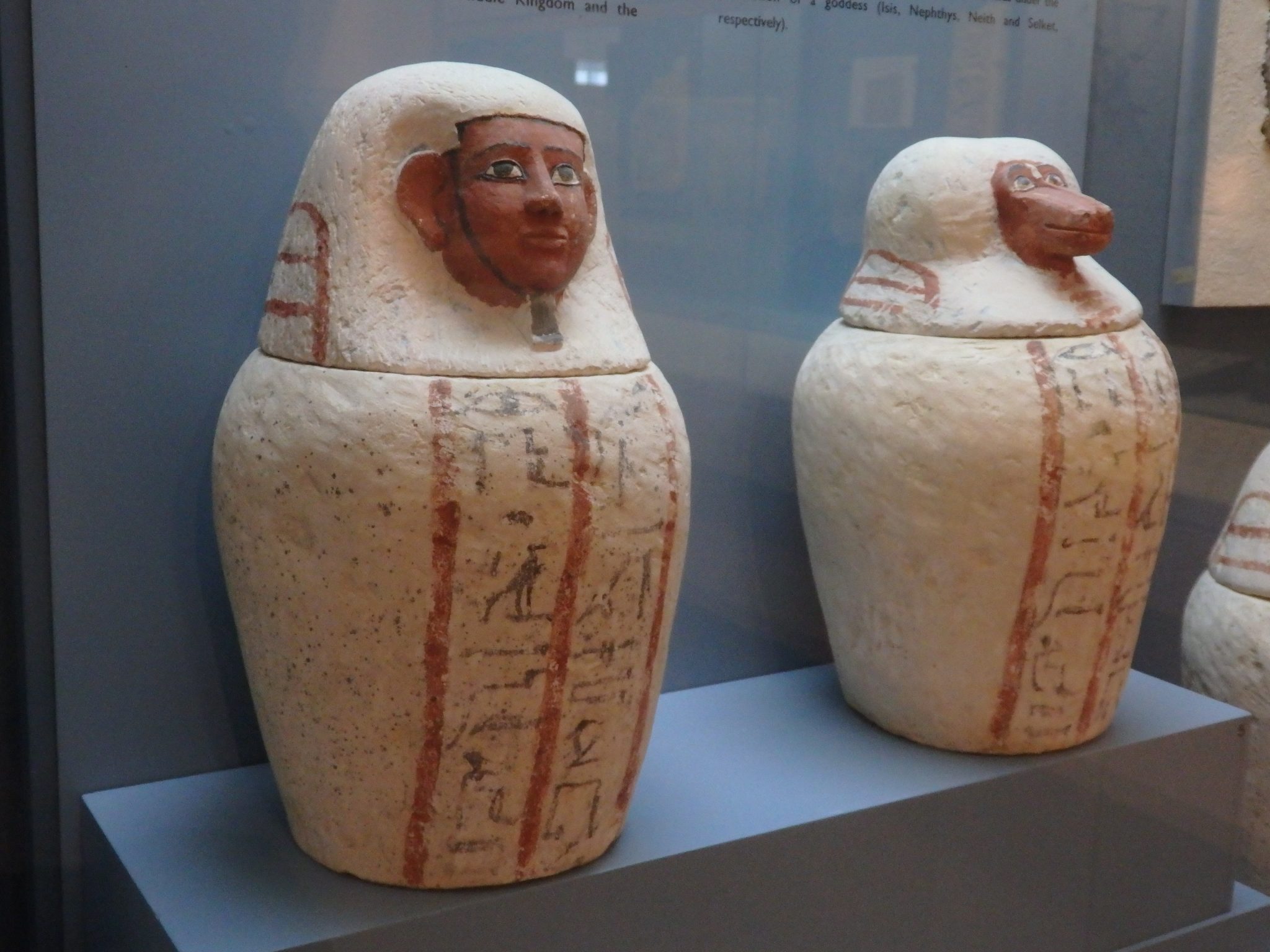Bible Lands Museum: The history behind the Bible
The premise, or perhaps I should say the Unique Selling Point, of the Bible Lands Museum in Jerusalem is to illustrate each and every civilization mentioned in the Bible.

Unlike some Bible museums, this one is not dogmatic: it shows the actual history of each civilization. Here, the Bible isn’t just a religious document: the stories of miracles and prophets and God are set within real historical events.
The exhibits at the Bible Lands Museum
Each gallery of the museum addresses a different civilization. Besides showing artifacts from the events (usually wars) described in the Bible, exhibits also give information about the customs and lifestyle of the people of each civilization.
The exhibits start, however, much earlier than the Bible. Beginning in pre-history, it moves through the earliest civilizations in Mesopotamia, the development of writing, ancient Sumer and ancient Egypt.
It is not until Gallery 8 that the museum reaches Biblical times, quoting Genesis 14 and showing artifacts from the Bronze Age kingdoms mentioned there.

The next 12 galleries make their way through history, ending with the rise of Christianity and the creation of the Babylonian Talmud.
Each gallery displays objects, mostly small and inside glass cases, to illustrate the art or crafts or cultural characteristics of the particular tribe or kingdom. The relevant Bible passage hangs on the wall.
My impressions of the Bible Lands Museum
I liked the premise: it wasn’t preachy, as I feared. The problem is that the presentation is rather dry. The items on display are mostly small and, somehow, not impressive. I got no feeling of “Wow!” in any of the galleries.
When I first arrived, a tour was just beginning, so I joined it. There were just a few of us, and the guide gave us a half-hour introduction, after which we were left to wander the galleries, which were almost empty on a Saturday morning.
The guide said they get the most people on Tuesday mornings. That’s because the Israel Museum is right next door, and on Tuesdays it isn’t open until 4 in the afternoon. So on Tuesdays, people go to the Bible Lands Museum while they wait for the Israel Museum to open.

Recommendations: Museums in Jerusalem
My recommendation, then, is to prioritize the Israel Museum. The Dead Sea Scrolls are there, and no other ancient artifacts can beat that, in my view. It’s a wonderful museum spanning archaeology, Jewish culture, and all sorts of art.
Another museum that is a must is Yad Vashem. This Holocaust museum is moving and interesting and cathartic. It also functions as a research center and a place of honor for the “righteous among the nations”: people who helped Jews, at risk of their own lives, during the Holocaust.
To get the narrower history – just focusing on Jerusalem – in a quick visit, try the Tower of David in the Old City of Jerusalem. It will help you make sense of what you see in the Old City.
I’d recommend the Bible Lands Museum only if you’re looking to understand the history behind the Bible, or if the archeology of the ancient civilizations of the Middle East is a particular interest for you.

I should point out that, pretty much anywhere else in the world, this museum would impress me much more. The problem is that, in Jerusalem, the history is pervasively visible everywhere you look. Ancient artifacts just don’t impress anymore.
Have you been to the Bible Lands Museum or any of the others I’ve mentioned here? What did you think?



Somehow, I missed this one, along with the Israel Museum on my last visit to Jerusalem. I want to take them both in, but will take your advice and make sure I don’t miss the Israel Museum again. Good recommendation for the Tower of David. The museum and Light Spectacular are worth the time and admission charge. As for Nad Vashem, it is a must. There are just no words to describe what you will see and feel.
I agree. I find it hard to explain Yad Vashem. I think sometimes people don’t go because they fear it’ll just be a chronicle of the Holocaust, and they don’t want to feel depressed/distressed/guilty on their holiday. I understand that, yet I think it’s more than that. And also that confronting those feelings is important.
Unfortunately I’ve only been to the museum once – and as hinted at, that was because the Israel Museum was closed and I had to do something with my tour group. I can highly recommend it. It doesn’t have the high profile artefacts of its neighbour, but it is much more visitor-friendly (even allowing photography when I was there). You can’t miss out the Israel Museum, but if you can possibly squeeze it in, do visit the Bible Lands Museum.
I agree. It’s not nearly as flashy, but it is user friendly. And they’re right across a parking lot from each other.